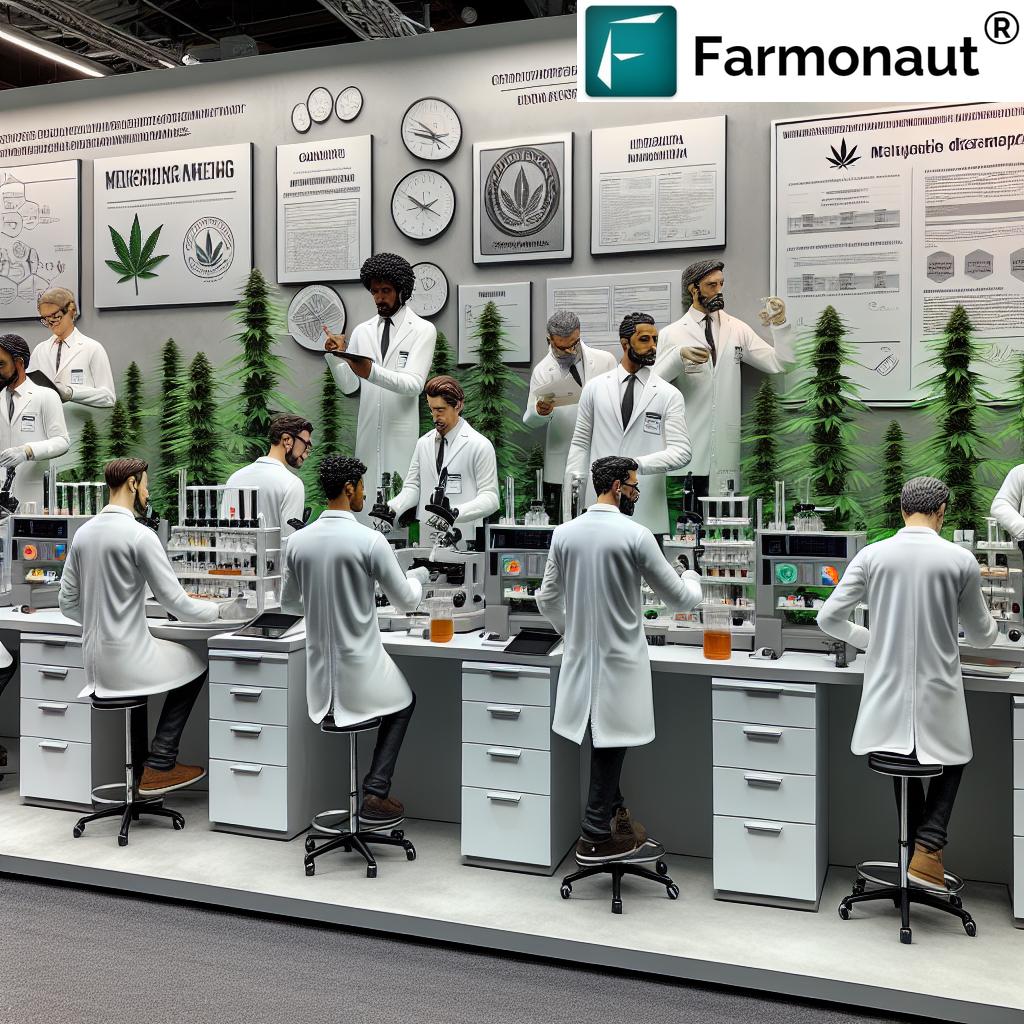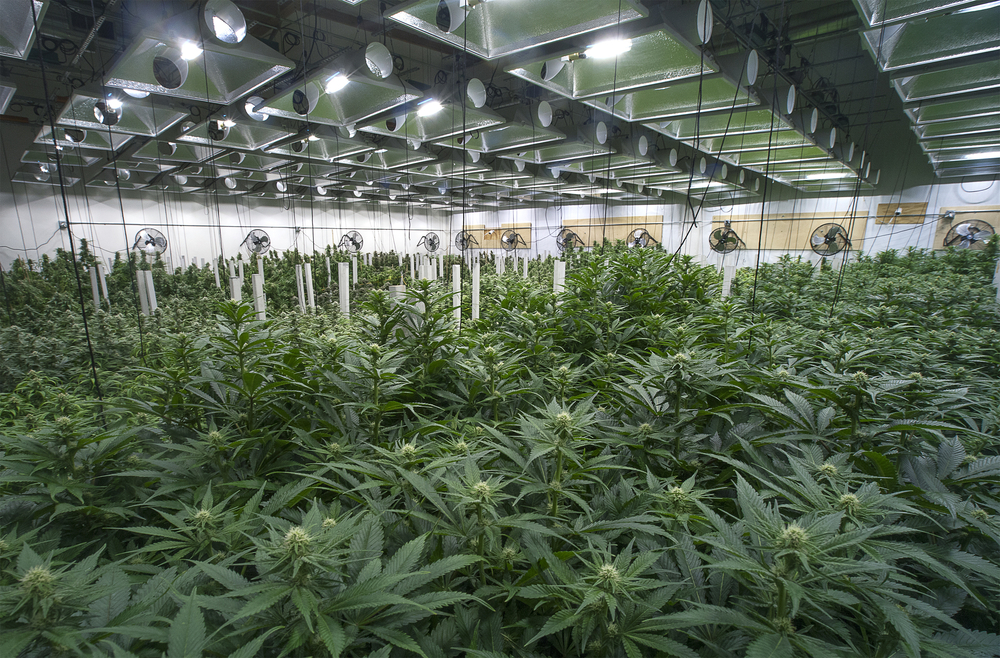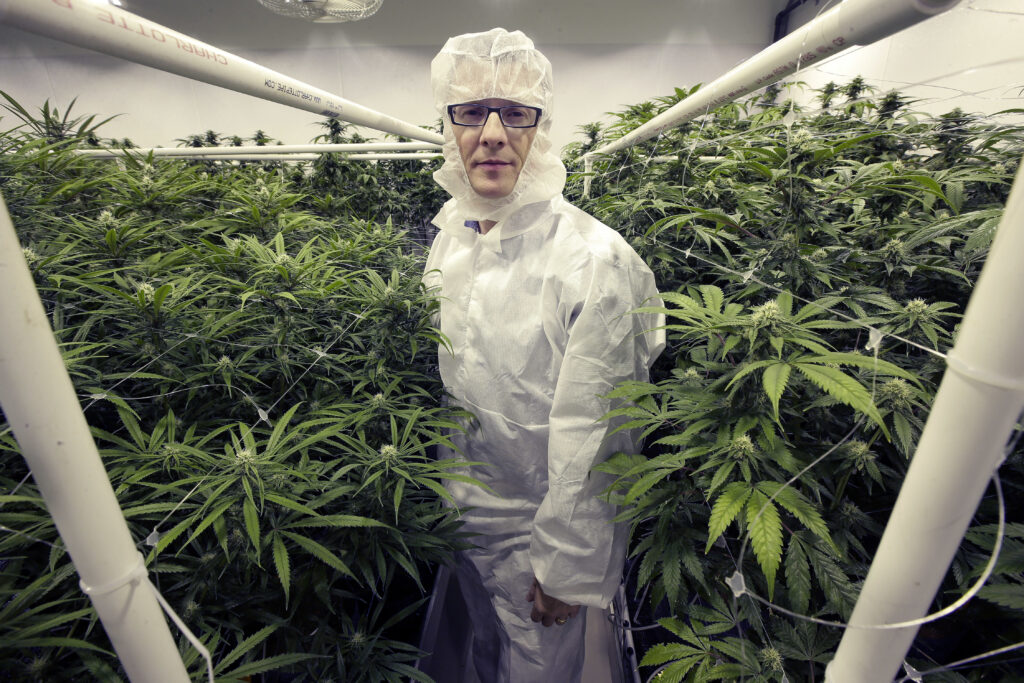Cannabis cultivation is no longer confined to soil, sunlight, and seasons. Thanks to advances in indoor growing technology, cultivators can now grow premium-quality cannabis year-round, in any climate, with a level of precision that outdoor farming simply can’t match.
In this post, we’ll explore how modern indoor grow operations use automation, data, and controlled environments to boost efficiency, consistency, and plant health—ushering in a new era of cannabis cultivation.
Why Indoor Cultivation?
While outdoor cultivation offers a lower-cost and more sustainable option in many cases, indoor cultivation gives growers unparalleled control over nearly every variable that affects plant development.
With indoor setups, cultivators can:
- Produce multiple harvests per year
- Eliminate dependence on weather and daylight cycles
- Protect plants from pests and contaminants
- Fine-tune growing conditions to enhance cannabinoid and terpene profiles
This has made indoor cannabis cultivation the go-to choice for high-end flower and medical-grade products.
Core Components of a Modern Indoor Grow
1. Advanced Grow Lighting
LED lights designed specifically for cannabis provide custom light spectrums that match each growth stage—seedling, vegetative, and flowering. These lights are not only energy-efficient but also produce less heat, reducing the need for extensive cooling systems.
Features:
- Programmable light cycles
- Tunable color spectrums
- High PAR (Photosynthetically Active Radiation) output
2. Automated Climate Control
Temperature, humidity, airflow, and CO₂ levels can all be monitored and adjusted in real time using smart sensors and software systems.
Benefits:
- Prevents mold and mildew
- Encourages strong, healthy growth
- Allows strain-specific environmental optimization
3. Hydroponics and Vertical Farming
Many indoor grows use hydroponic or aeroponic systems to deliver nutrients directly to the plant roots, speeding up growth and increasing yield per square foot. When paired with vertical farming setups, growers can stack plants in multiple layers, maximizing space in small or urban environments.
4. Data Analytics and Grow Software
Smart grow systems collect data on plant health, growth rates, nutrient uptake, and more. Using machine learning and analytics, growers can:
- Predict yields
- Detect problems early
- Refine future grows based on historical performance
This data-driven approach allows for continuous improvement with every cycle.
5. Integrated Pest Management (IPM)
Rather than relying on chemical pesticides, many modern grows use biological controls, UV light systems, and air purification technology to protect crops naturally.
Indoor systems can also quickly isolate and contain problems, reducing the risk of crop-wide infestations.
Challenges of Indoor Growing
Despite the advantages, indoor growing comes with its own set of challenges:
- High startup costs: Equipment, HVAC, and lighting systems can be expensive
- Energy consumption: Although LED tech has reduced energy use, power bills are still significant
- Complexity: Advanced systems require ongoing monitoring and technical know-how
That’s why many successful grow operations invest in skilled facility managers, agronomists, and environmental engineers.
Innovation on the Horizon
The indoor grow space is constantly evolving. Here’s what’s next:
- AI-powered automation that adjusts growing conditions in real time
- Blockchain tracking for seed-to-sale transparency
- Robotic plant care systems for watering, trimming, and harvesting
- Low-carbon HVAC systems to reduce energy impact
These innovations will make indoor growing more sustainable, scalable, and accessible for both large facilities and small-scale craft growers.
Final Thoughts
Indoor cannabis cultivation represents the perfect blend of agriculture and technology. While it requires careful planning and upfront investment, the payoff is consistent, high-quality cannabis that meets the strictest medical and consumer standards.
As more innovations emerge and sustainable practices are adopted, the smart grow room may very well become the gold standard in cannabis production—redefining what it means to cultivate with precision and purpose.




